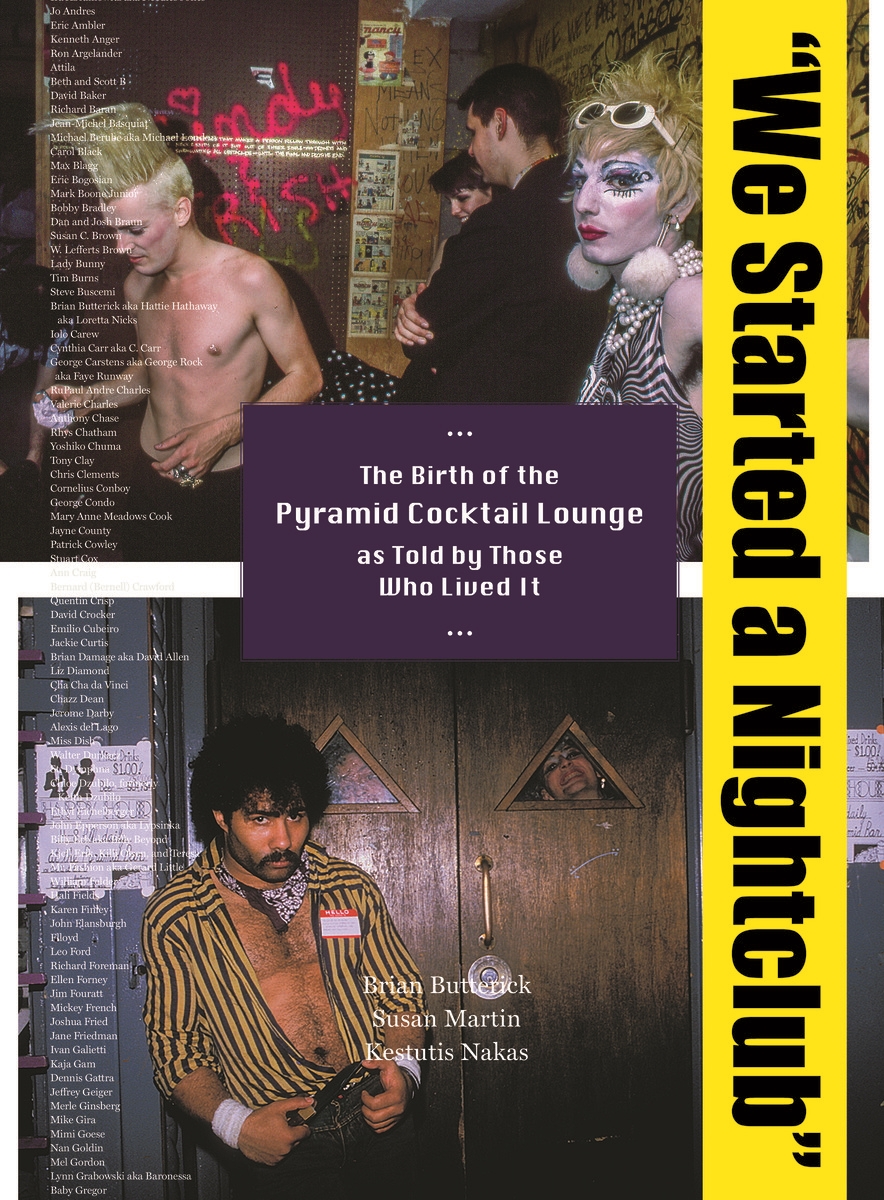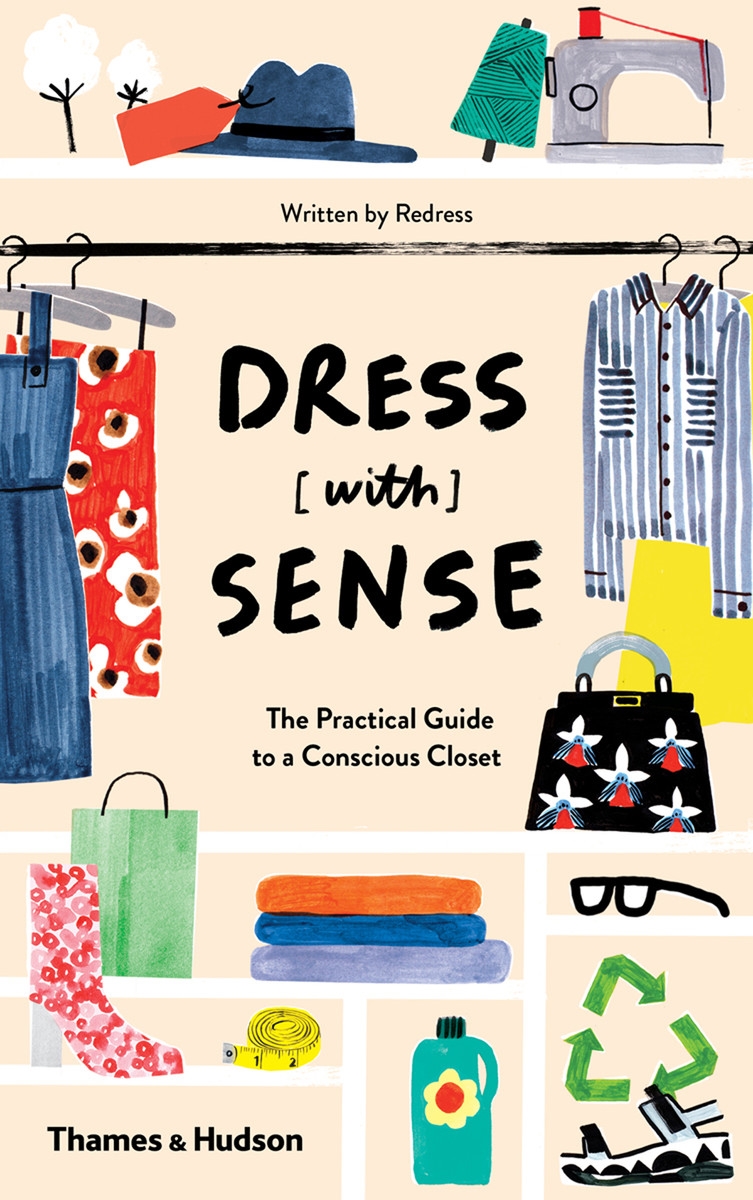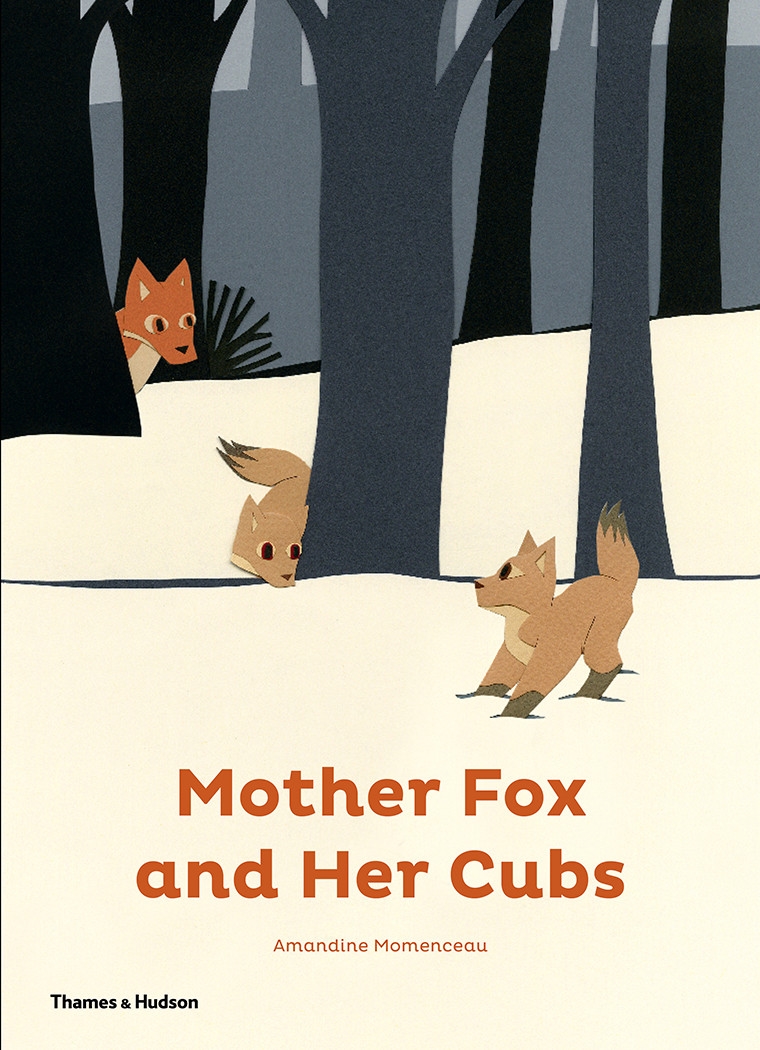Description
We Started a Nightclub: The Birth of the Pyramid Cocktail Lounge as Told by Those Who Lived It is the story of the beginnings of the club that was the launching pad for countless talented performers, musicians, and artists-many at the earliest stages of their careers. It begins in 1981 at the last moment in the city’s history when the East Village was considered a dangerous no man’s land, rents were cheap, AIDS was still unknown, and a new generation of creators broke the mold and went on to make art in an atmosphere of unbridled celebration.
An oral history told through more than 75 interviews, it covers the early years of the Pyramid from the time of its founding through its rise, near demise, and rebirth as the first producer of downtown’s annual Wigstock festival. The book includes narrative commentary by Butterick, Martin, and Nakas; press releases, and never-before-seen photos, snapshots, flyers, and other ephemera The Pyramid, at 101 Avenue A, was ground zero for an explosion of creativity. In opposition to the conformity that defined the West Village, the Pyramid was run by gays, but never considered “a gay club”. Instead, it offered a mixture of cultures, from groundbreaking, irreverent theater and experimental and hardcore music to “anti-drag” that challenged the norms of gender and sexual binaries. Theme nights and bar dancers, fixtures of the downtown avantgarde, and kids escaping their past and creating their futures all added to the club’s popularity.
The genius behind the club was 23-year-old Bobby Bradley, an impresario who established a collaborative atmosphere that mixed and matched performers of every stripe. Joining Bobby was a team of eager young artists, dancers, musicians, actors, and writers, telling the story of a new generation of artists in their own words. At the Pyramid, John Kelly, John Jesurun, Kestutis Nakas, and Ann Magnuson rubbed elbows with They Might be Giants, the Red Hot Chili Peppers, 3 Teen Kill 4, and performers like Ethyl Eichelberger, John Sex, Tabboo!, Hapi Phace, and Lady Bunny added their twist on drag with outrageous personas. By offering a home to obscure, genre-defying, experimental, and unpolished acts, the Pyramid played a crucial role in shaping the city’s underground cultural scene for decades to come.
By 1985, Bobby and his team had produced thousands of original performances and ushered in a time of intense creativity in the East Village. Sadly, addiction, AIDS, and other perils of human existence brought Bobby (and so many others) down; the story of his downfall marks the “end of the beginning” of the Pyramid in 1986.
With reminiscences and anecdotes from performers and bar boys to doormen and DJs, the Cast of Characters section of the book includes descriptions of the 250+ people who have added their voices or are referenced in this history of those seminal times. We Started a Nightclub also includes excerpts of more than 50 Pyramid press releases written by Martin between 1983 and 1986, documenting the range of acts and cultural commentary at the heart of the club. Given the time constraints and limited communication channels of the analog age, many entries read like Felix Feneon’s “Novels in Three Lines,” compressed and intentionally humorous-a mirror of the personalities and satirical spirit of the club.
Like C. Carr’s “Fire in the Belly,” We Started A Nightclub is an inside look at the cultural history of the East Village in the early 1980’s, combining small anecdotes and larger narratives to capture the ethos of the Pyramid. Both the unsung heroes and the famous animate these pages with memories and backstories on people and events. Like Patti Smith’s “Just Kids,” it intimately touches the real lives of artists. And like Jean Stein’s “Edie: an American Biography,” the story of the club is told through the perspectives of those who lived it. What Studio 54 was for disco and pop culture, the Pyramid was for the alternative cultures of downtown NYC. The 2015 Howl exhibition, “Secrets of the Great Pyramid: The Pyramid Cocktail Lounge as Cultural Laboratory, curated by Brian Butterick, featured the voices, works, and ephemera of more than 50 artists associated with the Pyramid alongside performances and panel discussions. The exhibition remains one of Howl’s most successful to date, demonstrating strong interest in the Pyramid and its place in cultural history.
The book, for which interviews began in 2006, is timelier than ever as the only in-depth exploration of the Pyramid’s origins. In 2021, the Pyramid closed permanently. Though the venue was no longer the cultural hotbed of its early years, its closure prompted an outpouring of reminiscence and mourning for a bygone era, amid a broad renewed interest in the art and culture of 1980s New York-the eras that predated rapid gentrification, and the sweeping impact of the AIDS epidemic.
Susan Martin is Founding Director of Some Serious Business and Creative Consultant for Howl! Arts (NYC). Internationally recognized for her innovative collaborations with groundbreaking cultural creators, curators, and organizations, since beginning her arts career in 70s Los Angeles, Martin has worked with prestigious galleries and museums, performance venues, and cutting-edge artists including Laurie Anderson, Beck and Al Hansen, Lynda Benglis, Charles Brittin, Rhys Chatham, Lucinda Childs, Guy de Cointet, Marcel Dzama, Karen Finley, Diamanda Galás, Mike Gira and Swans, Philip Glass & Ensemble, Jenny Holzer, Louise Lawler, Liza Lou, Lydia Lunch, Linda Mary Montano, Meredith Monk, Herman Nitsch, Nam June Paik, Izhar Patkin, Rachel Rosenthal, William Wegman, Lawrence Weiner, and Robert Wilson. Martin established her public relations firm in early 80s New York, working with vanguard artists, musicians, galleries, and nightclubs like Danceteria and the Pyramid Cocktail Lounge. She was also PR counsel to Dr. Mathilde Krim at the AIDS Medical Foundation and the architect of Art Against AIDS, a national fundraising effort with Elizabeth Taylor as National Chair for the American Foundation for AIDS Research (amfAR). In the 90s in Los Angeles, Martin curated exhibitions for Track 16 Gallery and was managing editor of their Smart Art Press, publisher of books and catalogs on art and social history. She was responsible for the publication of more than 50 books, catalogs and monographs by artists such as Karen Finley, Rachel Rosenthal, Chris Kraus and Semiotext(e), Jim Shaw, Pierre Molinier, and Charles Brittin, as well as the first catalog to feature the work of Marcel Dzama. She also edited the Public Offerings and The Experimental Exercise of Freedom catalogs for the Museum of Contemporary Art (MOCA/LA). Martin was marketing counsel to the Centre Pompidou Foundation, and has led marketing projects for organizations including the California Institute of the Arts (CalArts); The Kitchen; La MaMa; Museum of Contemporary Art, Los Angeles (MOCA); the Los Angeles County Museum of Art (LACMA); Metro Creative Services/Los Angeles County Metropolitan Transportation Authority; Otis College of Art and Design; the Santa Monica Museum of Art; SITE Santa Fe; Southern California Institute of Architecture (SCI-Arc); and The Wooster Group. In 2015, Martin re-launched Some Serious Business an innovative artist-based nonprofit organization she co-founded in 1976 in LA, known for presenting cutting-edge artists, creators, and thought-leaders. She is also the Creative Consultant for Howl! Arts in New York City and has produced numerous events and co-curated and edited the catalogs for Lydia Lunch's exhibition So Real It Hurts (2015) and Love Among the Ruins (2017) for which she wrote the introduction. She is co-author with the late Brian Butterick and Kestutis Nakas of an oral history of the early days of the Pyramid Cocktail Lounge for which she was the publicist entitled "We Started a Nightclub": The Birth of the Pyramid Cocktail Lounge as Told By Those Who Lived it. She lives on a mesa in Abiquiu, New Mexico where she manages Some Serious Business's artist in residence program, SSB Away, and continues to produce salons, concerts, exhibitions, and other cultural initiatives locally and in Los Angeles and New York
Kestutis Nakas' work has been presented at the New York Shakespeare Festival, Yale Rep, La Mama, Dixon Place, P.S. 122, St. Mark's Church in the Bowery, 8BC, The Kitchen, Highways, Prop Theatre and numerous other national and regional venues. Performance works and plays include RIP, No Bees for Bridgeport, Railroad Backward, Remembrance of Things Pontiac, My Heart, My President, Hunger and Lightning, and The Andrew Carnegie Story. In the 1980's, he was active in New York's East Village performance scene. In 1983, he directed a legendary production of Titus Andronicus at New York City's Pyramid Club.Titus featured East Village luminaries like Ann Magnuson, Bill Rice, Tom Rubnitz, John Sex, John Kelly, and Steve Buscemi . His Gates of Dawn performance space showcased New York performers. He has taught at NYU, UCLA, CUNY, the University of New Mexico and is Professor Emeritus of Theatre at The Chicago College of Performing Arts at Roosevelt University in Chicago. His performance text about urban beekeeping, No Bees for Bridgeport, was published in Animal Acts, Performing Species Today, an anthology of new performance edited by Una Chaudhuri and Holly Hughes, University of Michigan Press. A bilingual edition of his tragi-comic cycle: When Lithuania Ruled The World was published by Aukso Zuvys publishers, Vilnius , in February 2017. In December 2017, Channel D, his new solo piece debuted at the Museum of Modern Art (MoMA) in New York City. In June 2018, in honor of the centennial of Lithuanian independence, he presented a staged reading of all four parts of When Lithuania Ruled the World at HOWL Happening, New York City. In September 2021, at Pangea in nYC, he performed his newest show, Velvet's Republic, incorporating ventriloquism. In December of 2021 he was named Playwright in Residence at Chicago Dramatists. Kestutis Nakas lives in Chicago with his wife and son. His most recent play, Down on Willie's Farm, a new America adaptation of Chekhov's Uncle Vanya, received its first staged reading at Chicago Dramatist in February of 2023.
Brian Butterick first became well known in the 1980s for booking and later managing the Pyramid Cocktail Lounge, a venue that melded the performing arts with music and drag, and which helped define the East Village drag, gay, punk, and art scenes in the 80s. It was at the Pyramid, where Brian developed his Hattie Hathaway alter ego. A name both derived from his grandmother Hattie, whose name he found embroidered on an old suitcase after her death, and for Nancy Kulp's Miss Jane Hathaway character on the 1960s CBS sitcom The Beverly Hillbillies. Brian / Hattie expanded his work both as a producer and a performer throughout the 80s and 90s, and was a founding member of the inventive musician/artists' band 3 Teens Kill Four (3TK4), an early Pyramid mainstay that most often featured Brian, Jesse Hultberg, Julie Hair, Doug Bressler, and, in their early years, David Wojnarowicz. The group performed in the 1980s, and then again in the 2010s. He also joined the Blacklips Performance Cult after inviting the group to perform at the Pyramid. In the 90s, Brian co-produced Jackie 60, a legendary Tuesday night party held weekly at the Meatpacking District dive club Mother. Following Mother's closure in 2000, Brian continued his lifelong love of the written word, music, and performance through the following decades at venues including Rapture Café, the Three Penny Opera revival at Studio 54, Club Cumming, and the annual Howl! Festival.




Reviews
There are no reviews yet.